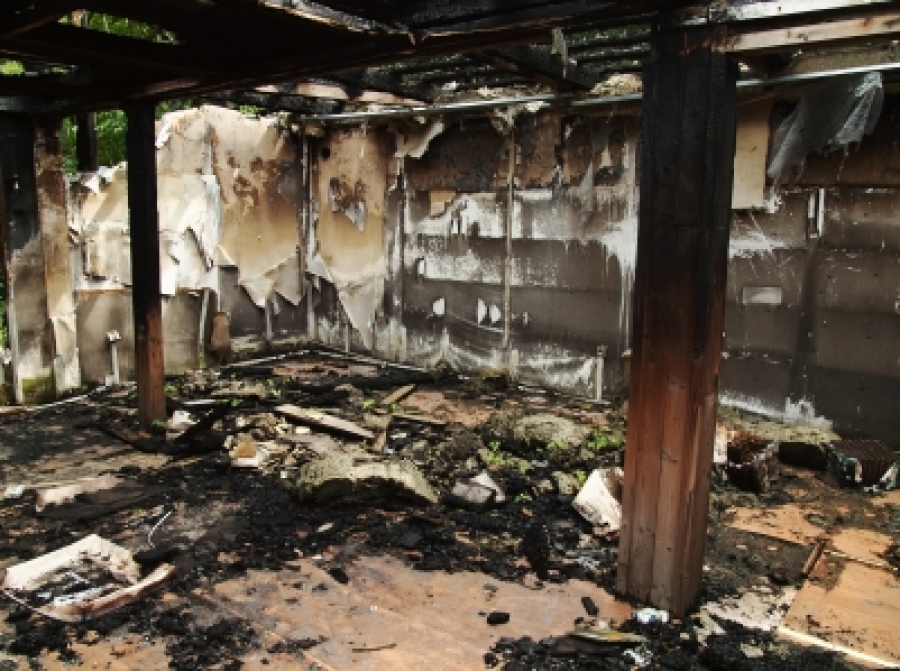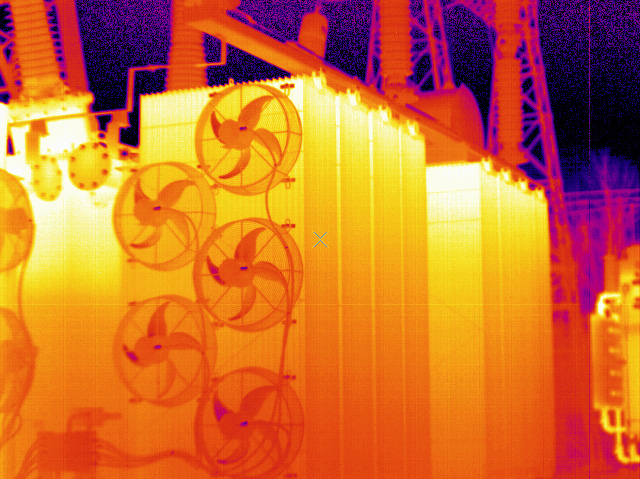Forensic Engineering: Structural CSI
In recent years, CSI, or crime scene investigation, has become an increasingly popular term thanks to television. However, CSI takes place every day in the real world, in ways that you may not have previously considered. Forensic engineers assess damage to properties, determine the cause(s), and offer possible remediation. Situations in which structural CSI is required can include water infiltrating a structure; storms, fires, or explosions damaging a building; or a product defect or a material deficiency occurring.

What Is Forensic Engineering?
So what exactly is forensic engineering? “Forensic engineering basically addresses structures that are already built, as opposed to design of a new building starting from scratch,” Mike Richardson, PE at American Structurepoint, Inc. says.
For instance, “a building is maybe 80 years old, has masonry construction, there’s water coming inside the building, but the building owner doesn't know why,” Richardson says, offering an example of a forensic engineering case. “The forensic engineer would go out and take a look at the building and identify the cause of the water infiltration and examine the building envelope. [It would then be determined] what is causing or allowing the water to come through and migrate through the envelope. From that you may find that some of the masonry is old and the joints are deteriorated.”
“If we are identifying a problem and recommending a solution, we have to correct the problem first before we recommend the solution.” Mike Richardson, PE at American Structurepoint, Inc.
Forensic engineering is a field that encompasses elements of traditional engineering but takes the process a step further. “If we are identifying a problem and recommending a solution, we have to correct the problem first before we recommend the solution,” Richardson says. “So after the forensic investigation is done, we get back into the engineering side, asking 'How do we go about fixing this, and fixing it correctly?'”
Forensic Engineering Technology
Forensic engineers use a wide array of tools to help locate problems, as well as to find solutions to those problems. Some of the most popular and widely used technologies include:
- Mass spectroscopy: identifies chemicals by weight and charge; and
- Scanning electron microscopy: aids in the visual examination process.
One of Richardson’s favorite tools is the thermal imaging camera. “The camera identifies difference in temperature of materials, so it is helpful in identifying potential issues,” Richardson says. “You may find an area that may be wet inside the wall or there’s an air leak that you really can’t see just by visually looking at the wall.”
One of the most critical, yet often overlooked, tools in forensic engineering is the forensic engineer's own visual processing. Initial impressions of the site lead engineers to use the correct technology to quickly assess the situation and find a solution. Engineers with sound visual processing skills can be a major asset to any forensic engineering operation.
How to Get into the Field
When Richardson was in college, he had no idea the field of forensic engineering existed and but got the opportunity after college to assess damage to buildings after a tornado and was able to determine the extent of damage and how to fix it. “I found that very interesting, not only from the engineering side of figuring out what happened, but using your brain to logically lay out why things happened in certain orders,” Richardson explains. “It’s more of using your engineering logic.”
While Richardson says that the availability of forensic engineering college coursework is somewhat limited, “there is all kinds of continuing education for specialized topics related to forensic engineering. So it’s more based on experience as opposed to formal education. [However,] I think you can get into it right away; it’s just that maybe in college you learned how to design buildings, so whenever you get out you start looking at working backward after it’s already built -- figuring out how it was put together and how it was wrong that’s related to this damage.”

J. Mariah Brown
J. Mariah Brown is a technical research writer and the owner of Writings by Design, a comprehensive business writing service company that specializes in business development, promotion, and client outreach. She has worked in a variety of technical and non-technical industries including, but not limited to, Government, Non-Profit, Engineering, Translation and Interpretation, Christian and Women’s Publications, and Fashion and Beauty. She is a graduate of the prestigious E.W. Scripps School of Journalism at Ohio University and is currently pursuing a master's degree from Gonzaga University in Communication and Organizational Leadership.


